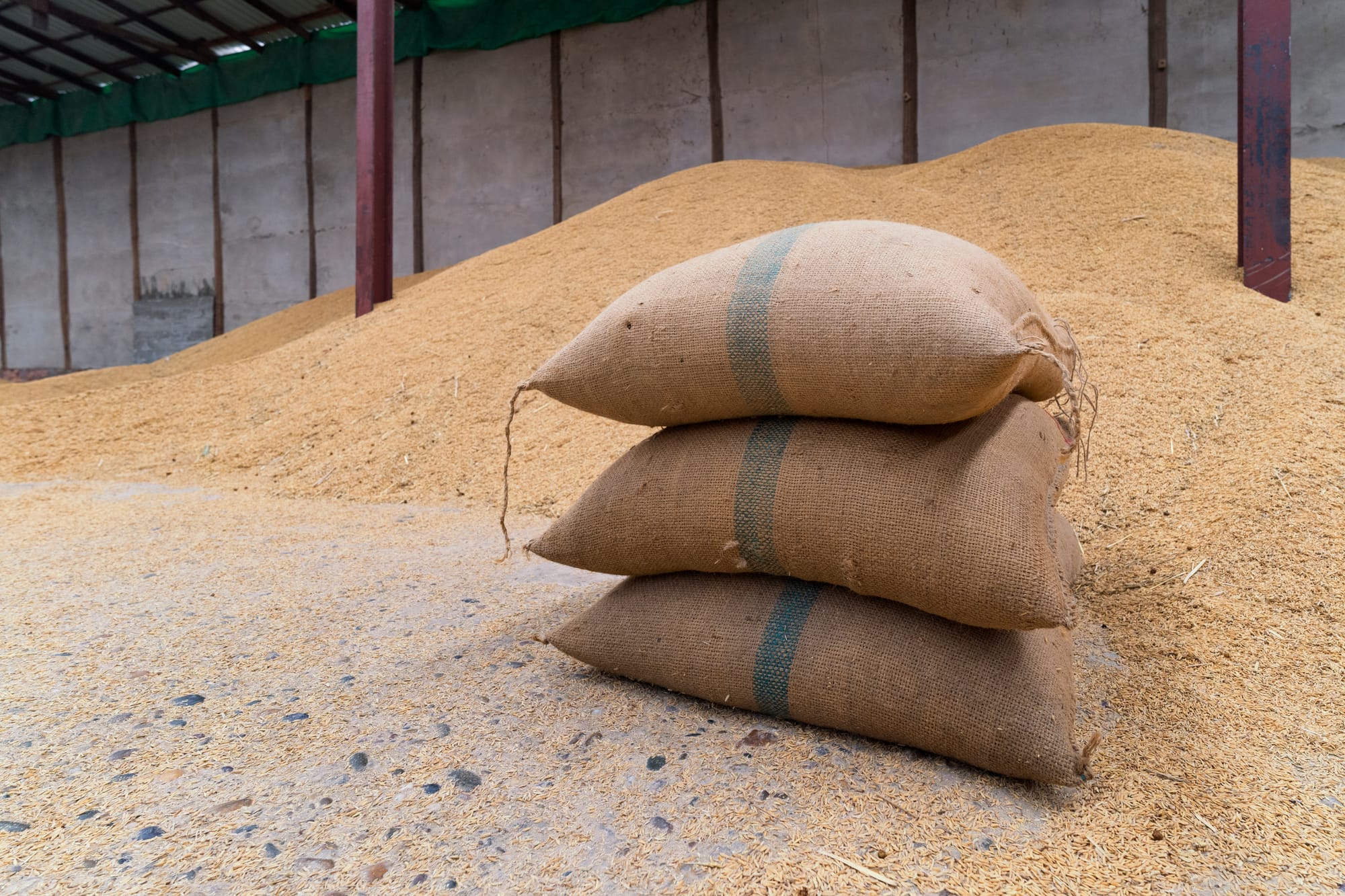
What’s the Situation
India’s government warehouses are overflowing. As of September 1, 2025, rice reserves—including unfilled paddy—have climbed to a record 48.2 million metric tons, a jump of over 14% compared to the same time last year. Wheat stocks, too, are at a four‑year high, reaching 33.3 million metric tons. These figures greatly overshoot government targets: for rice, the July 1 target is only 13.5 million tons, while for wheat the target is about 27.6 million tons.
Why It Happened
Several factors have contributed to this surplus:
- Strong procurement by government agencies from farmers. Higher buying has pushed reserves up.
- Record production in the previous season for rice meant there was more available to store.
- India's rice export restrictions were fully lifted in March 2025, enabling more shipments overseas.
Implications
- Exports are set to surge. With the restrictions removed and stocks high, India is expected to export ~22.5 million metric tons of rice in the 2025/26 year. That would make up nearly 40% of global trade in rice.
- Price stability domestically. Ample wheat stocks give the government flexibility to release grain into open markets if prices begin to rise—especially important with demand season peaking during festivals like Dussehra and Diwali.
- Storage pressure and logistical challenges. The new paddy (fresh crop) arrival next month will likely worsen storage constraints for food grain agencies. Oversupply may become harder to manage.
What to Watch
- How much of the surplus rice gets exported vs how much remains in reserves or is diverted (for other uses like ethanol etc.).
- Whether wheat prices remain stable or if there are regional shortages despite national plenty.
- Infrastructure and storage capacity ramp‑up, to handle both the current surplus and incoming harvests.
- Policy responses: for example open market sales, minimum support price (MSP) adjustments, or export‑incentives or restrictions in response to global demand or domestic inflation.



